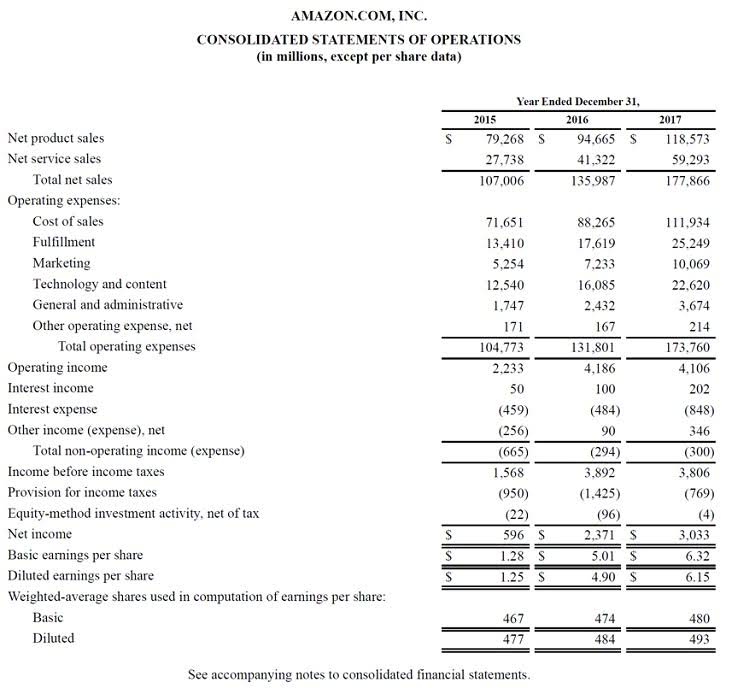
This excludes cash and cash equivalents and non-cash accounts, such as accumulated depreciation and accumulated amortization. For example, if you calculate cash flow for 2019, make sure you use 2018 and 2019 balance sheets. Cash from financing activities net working capital cash flow statement includes the sources of cash from investors and banks, as well as the way cash is paid to shareholders. This includes any dividends, payments for stock repurchases, and repayment of debt principal (loans) that are made by the company.
Operating Capital Viewpoints
One important concept from technical analysts is to focus on the trend over time of fundamental performance rather than the absolute values of FCF, earnings, or revenue. Essentially, if stock prices are a function of the underlying fundamentals, then a positive FCF trend should be correlated with positive stock price trends on average. Free cash flow is often evaluated on a per-share basis to evaluate the effect of dilution similar to the way that sales and earnings are evaluated. Interest payments are excluded from the generally accepted definition of free cash flow. However, it does not measure the efficiency of the business in comparison to a similar industry. This is because terms of sales and purchases may differ from company to company.
How Cash Flow Is Calculated
The current ratio is calculated by dividing a company’s current assets by its current liabilities. The formula to calculate the working capital ratio divides a company’s current assets by its current liabilities. Free Cash Flow to Equity can also be referred to as “Levered Free Cash Flow”. This measure is derived from the statement of cash flows by taking operating cash flow, deducting capital expenditures, and adding net debt issued (or subtracting net debt repayment).
- The cost of capital used for FCFE will be the cost of equity (Ke); as debt is considered paid, there is no need to consider the cost of debt (Kd).
- Net working capital, often abbreviated as “NWC”, is a financial metric used to evaluate a company’s near-term liquidity risk.
- In this case, any cash paid or owed for investments appears in the operating activities section.
- This article explores the key drivers behind changes in working capital and their implications for businesses striving to maintain financial stability and sustainable growth.
- The expenditure incurred may be of two types, i.e., either working capital expenditure (day-to-day) or fixed assets capital expenditure.
Working Capital Metrics Formula Chart
Cash and cash equivalents include currency, petty cash, bank accounts, and other highly liquid, short-term investments. Examples of cash equivalents include commercial paper, Treasury bills, and short-term government bonds with a maturity of three months or less. In these cases, revenue is recognized when it is earned rather than when it is received. This causes a disconnect between net income and actual cash flow because not all transactions in net income on the income statement involve actual cash items.


The Change in Working Capital could be positive or negative, and it will increase or reduce the company’s Cash Flow (and Unlevered Free Cash Flow, Free Cash Flow, and so on) depending on its sign. But you can’t just look at a company’s Income Statement to determine its Cash Flow because the Income Statement is based on accrual accounting. The change in NWC comes out to a positive $15mm YoY, which means the company retains more cash in its operations each year. In our hypothetical scenario, we’re looking at a company with the following balance sheet data (Year 0). If calculating free cash flow – whether on an unlevered FCF or levered FCF basis – an increase in the change in NWC is subtracted from the cash flow amount. An increase in the balance of an operating asset represents an outflow of cash – however, an increase in an operating liability represents an inflow of cash (and vice versa).
To reiterate, a positive NWC value is perceived favorably, whereas a negative NWC presents a potential risk of near-term insolvency. If the Change in Working Capital is positive, the company generates extra cash as a result of its growth – like a subscription software company collecting cash for a year-long subscription on day 1. If the Change in Working Capital is negative, the company must spend in advance of its revenue growth – like a retailer ordering Inventory before it can sell and deliver its products. Learn accounting, 3-statement modeling, valuation/DCF analysis, M&A and merger models, and LBOs and leveraged buyout models with 10+ global case studies. That explains why the Change in Working Capital has a negative sign when Working Capital increases, while it has a positive sign when Working Capital decreases.

The equity risk premium is an expected return earned by the investors earned over and above the risk-free rate in the stock market. LMT has a lower P/FCF value of 12 vs 14.22 of GD and has a higher FCF yield of 8.2% vs 7.03% of GD. EBITDA is mainly used as a relative value metric; it can be used as a multiple like EV / EBITDA, EBITDA-to-sales, etc., Or a standalone metric to see year-on-year (YoY) or quarter-on-quarter (QoQ) growth. All of the metrics are used in ratio analysis as comparative metrics used to arrive at a relative value. In addition, some metrics like FCFF and FCFE are also used to arrive at an absolute value with DCF. Most financial websites provide a summary of FCF or a graph of FCF’s trend for publicly-traded companies.
